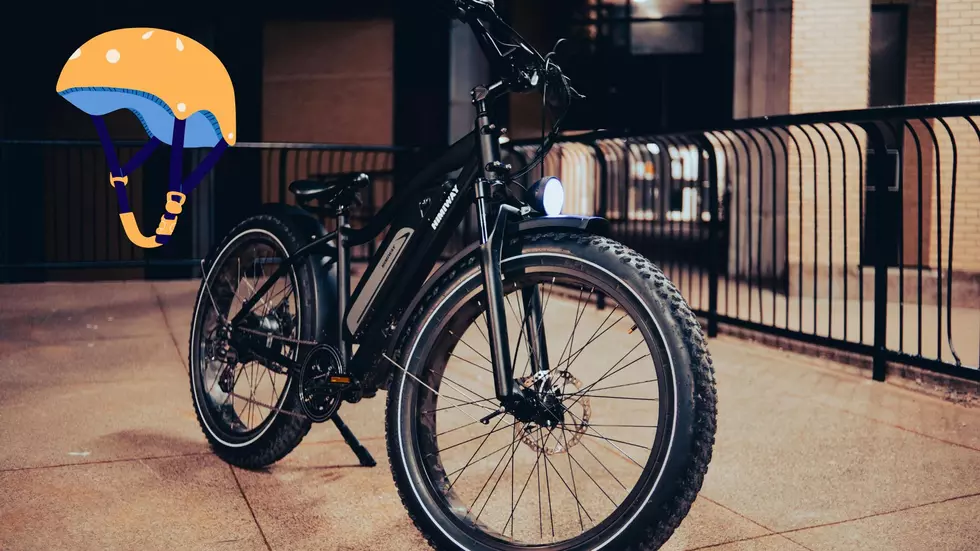
Icy/Wet Weather Brings More Deadly Crashes On Utah Roads
Does it seem like an especially deadly year on Utah roads this year?
A rash of crashes this week included a deadly head-on collision on State Route 89 on the stretch between Kanab and Mt. Carmel.
Three people are dead after the crash Tuesday evening in Kane County. Utah Highway Patrol says a car and an SUV crashed on U.S. Highway 89 about 20 miles east of Kanab around 6:30 p.m.
The Utah Highway Patrol said male and a female in the car and a female in the SUV were killed. There's no word on the conditions of two other people who were in the SUV. Investigators say weather was a factor in the crash.
Meanwhile, speed and icy conditions caused three crashes on Interstate 15 in Southern Utah Tuesday.
Two wrecks happened within 10 minutes on the same stretch of I-15 about 30 miles north of St. George. Around 7:50 a.m. Tuesday a hit-and-run driver lost control and hit a Honda Pilot driven by a 61-year-old Cedar City man who wasn't hurt.
Ten minutes later, a 52-year-old Washington County man driving a GMC pickup lost control and rolled his truck.
Then, shortly after 3:30 p.m., a 31-year-old Texas man in a Honda Civic hydroplaned, crossed all three travel lanes, off the right shoulder and down an embankment. He and a 8-year-old girl both were wearing seatbelts and neither was injured.
The website drivingtests.org has these recommendations when it comes to driving and wet roads:
- Reduce Your Speed -- Most automobile safety experts agree that hydroplaning is most likely to occur at speeds greater than 35 miles per hour. As soon as the first drops hit your windshield, slow your speed considerably. It is best to drive five to ten miles slower than the speed limit, even slower in heavy rain or windy conditions.
- Properly and Regularly Rotate and Balance Your Tires -- Keeping your tires in tune will also help prevent your car from hydroplaning on wet roads. It is advisable to have your vehicle’s tires rotated and balanced every other time you have your oil changed, approximately every seven to ten thousand miles.
- Choose High Quality Tires -- This is particularly important for drivers who live in areas of the country with frequent rainfall. Replace your tires regularly. Driving on slick or bald tires can be detrimental on wet roadways.
- No Cruising in the Rain -- It’s dangerous to have cruise control on while driving in the rain Never use your vehicle’s cruise control function while it is raining or while driving on wet roads. If you were to begin hydroplaning while driving with the cruise control on, it will take additional time for you to disable the function before beginning to regain control of your vehicle.
- Avoid Puddles and Standing Water -- Try to avoid any place on the roadway that you can see has collected water. It only takes a small film of water to cause hydroplaning. If you can actually see standing water, it is highly probable that your vehicle will hydroplane as it drives over it. (Source: https://driving-tests.org/beginner-drivers/how-to-prevent-recover-hydroplaning/)
Drivingtests.org also offers tips on how to recover if your car does start to hydroplane:
- Immediately take your foot off of the accelerator. Never use your brakes to respond to hydroplaning. Sudden braking on a wet roadway can cause your car to skid completely out of control.
- Although it may seem contradictory, gently turn your steering wheel in the direction your car is hydroplaning. This will help your tires realign with the direction your vehicle is travelling and assist you in regaining steering control.
- Wait to feel the tires reconnect with the surface of the road. It will be obvious to the driver when the vehicle has driven out of the hydroplaning situation.
- After successfully recovering from hydroplaning on a wet road, you may need to pull over and take a few moments to recover and calm down from this terrifying event.
LOOK: The most extreme temperatures in the history of every state
More From KDXU 890 & 92.5









